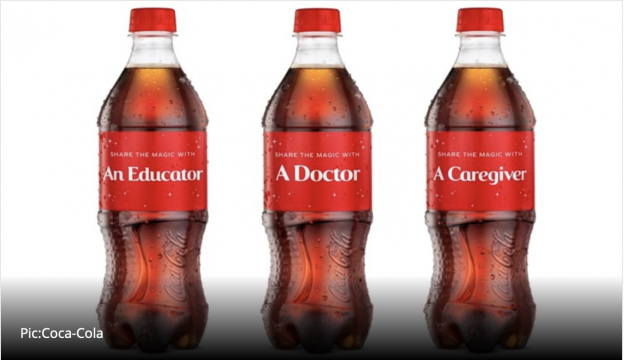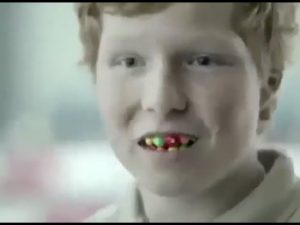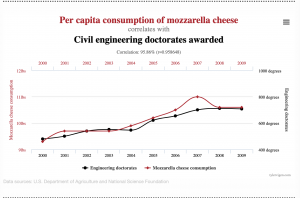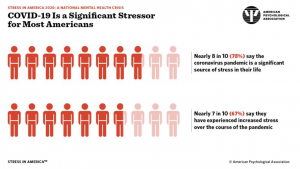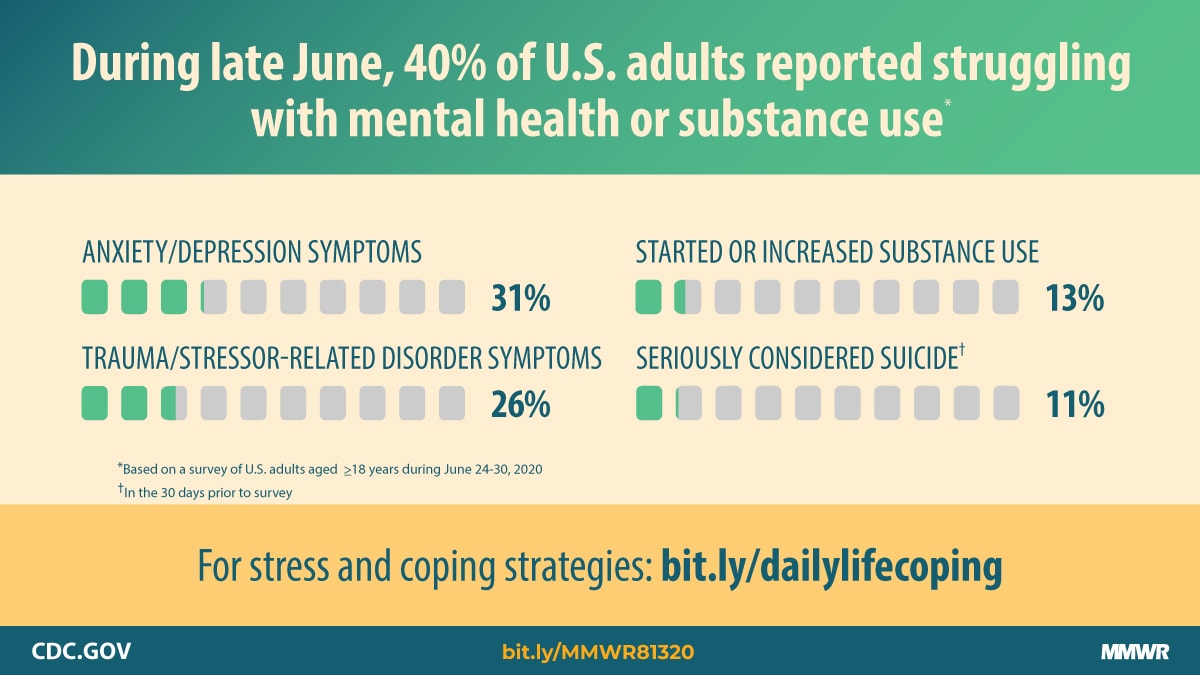This is one of my favorite advertisements and campaign in general even though I am not really a big Coca-Cola drinker. The original campaign uses color and words to draw in the viewer with a familiar product. This ad uses ad populum and appeals to the masses with a popular product. Coca-Cola has used their brand to appeal to different things in the masses and in this case, they adjusted the ad to appeal to the public after the covid-19 pandemic. This creates a sense of empathy and understanding between everyone who sees this advertisement as we have all lived through this pandemic together. This ad is one of my favorites for two reasons. The first reason is that it resonates with something so impactful in the lives of everyone around the world right now. I think its versatility strengthens people’s engagement and attraction to this advertisement as they have seen it before, yet at the same time it is something different. The second reason I like this ad is because it is in a way giving thanks to those who have kept our country going during this challenging time. The use of a popular product to make us stop and think about those who have saved lives and made differences in lives. This makes me feel more like a viewer of the advertisement that this company cares about more than themselves, even if that is false and is all just a publicity stunt. I see this more as a type of equivocation that in the mind makes the viewer associate Coca-Cola with good moral actions of appreciation. Using the platform that Coca-Cola has already built to show appreciation for essential workers makes me more drawn into the ad. Overall, I find this ad to be interesting and it draws me in as a viewer
